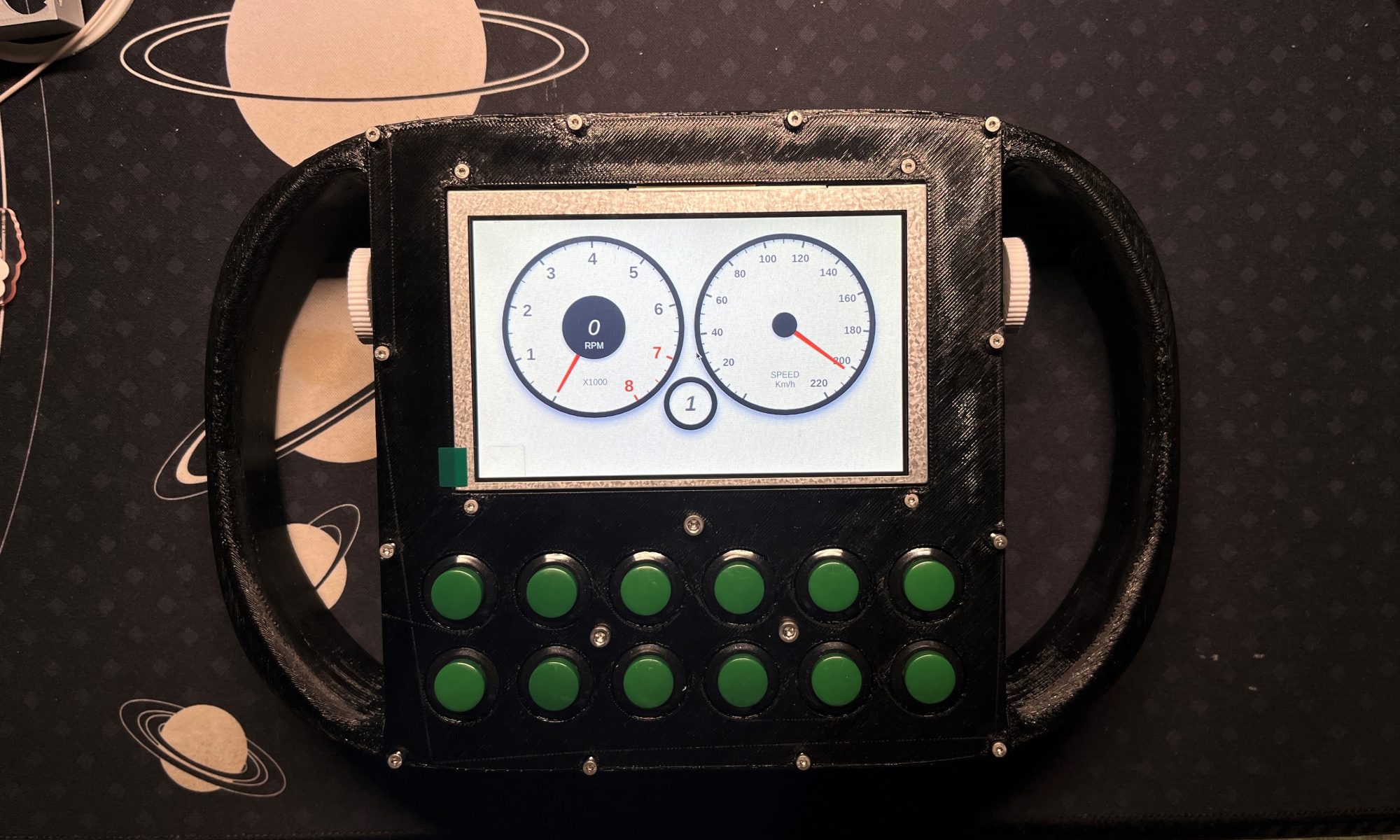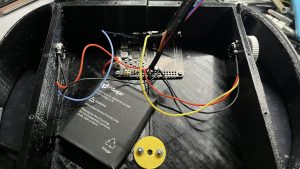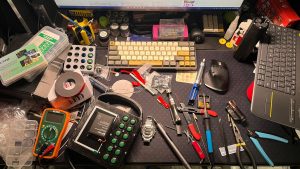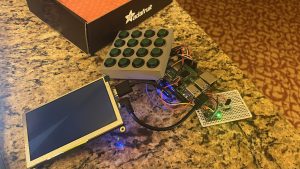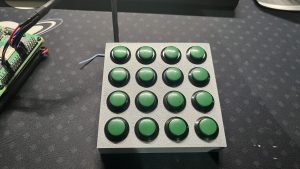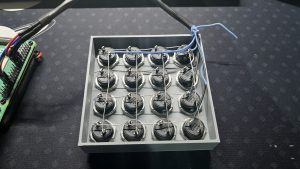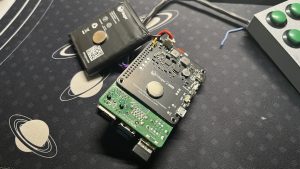This week I have been mainly focused on getting our design choices right, and presenting for our design review.
During the searching for components for our design, I was amazed at the vast selection the Internet has to offer. Following advice from Professor Mukherjee, and after taking a closer look at some of the products, I realized that for a formal project, I cannot just go on Amazon and buy from the cheapest vendor. We need data sheets for the components. That’s what prompted me to eventually find all the electronic components on Adafruit. They have data sheets, and also some tutorials listed under every product we’ve chosen.
Preparing for the presentation was something I should have spent more time on. We kind of rushed through making the slides, leading to a couple of typos which I am not very proud of. The first time I actually went through all the slides and practiced was an hour before the presentation. Gladly, I think it went OK.
It is a fact, however, that we are still not that familiar with some of the quirks of the components we have chosen, but we are making progress. I think from this point on, us three as a team should most importantly be more proactive about deadlines. Sometimes I am busy because I am taking too many classes this semester, and I am glad my team mates could help out. However, in the end we are trying to avoid this sort of rushing before the deadline situation.
